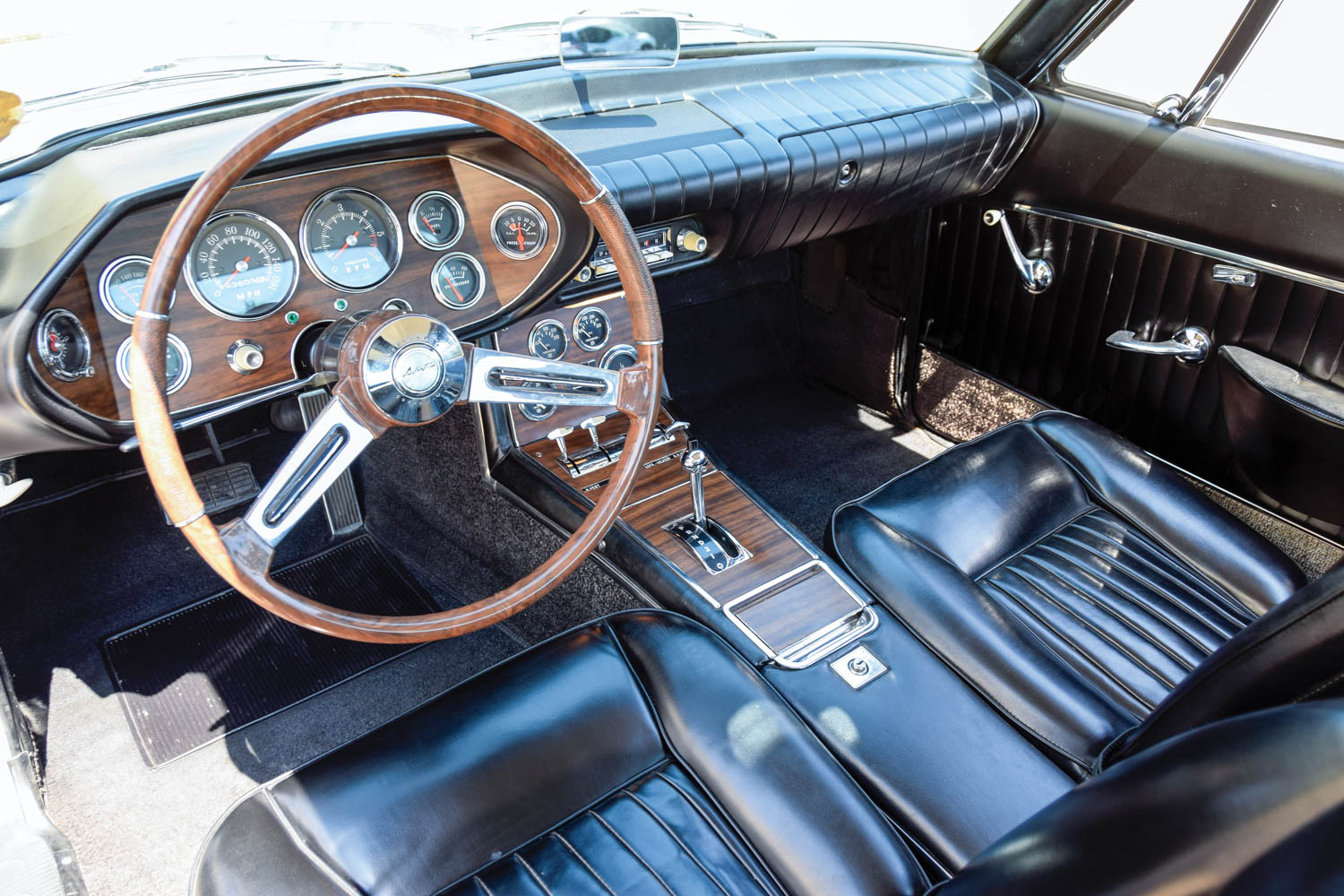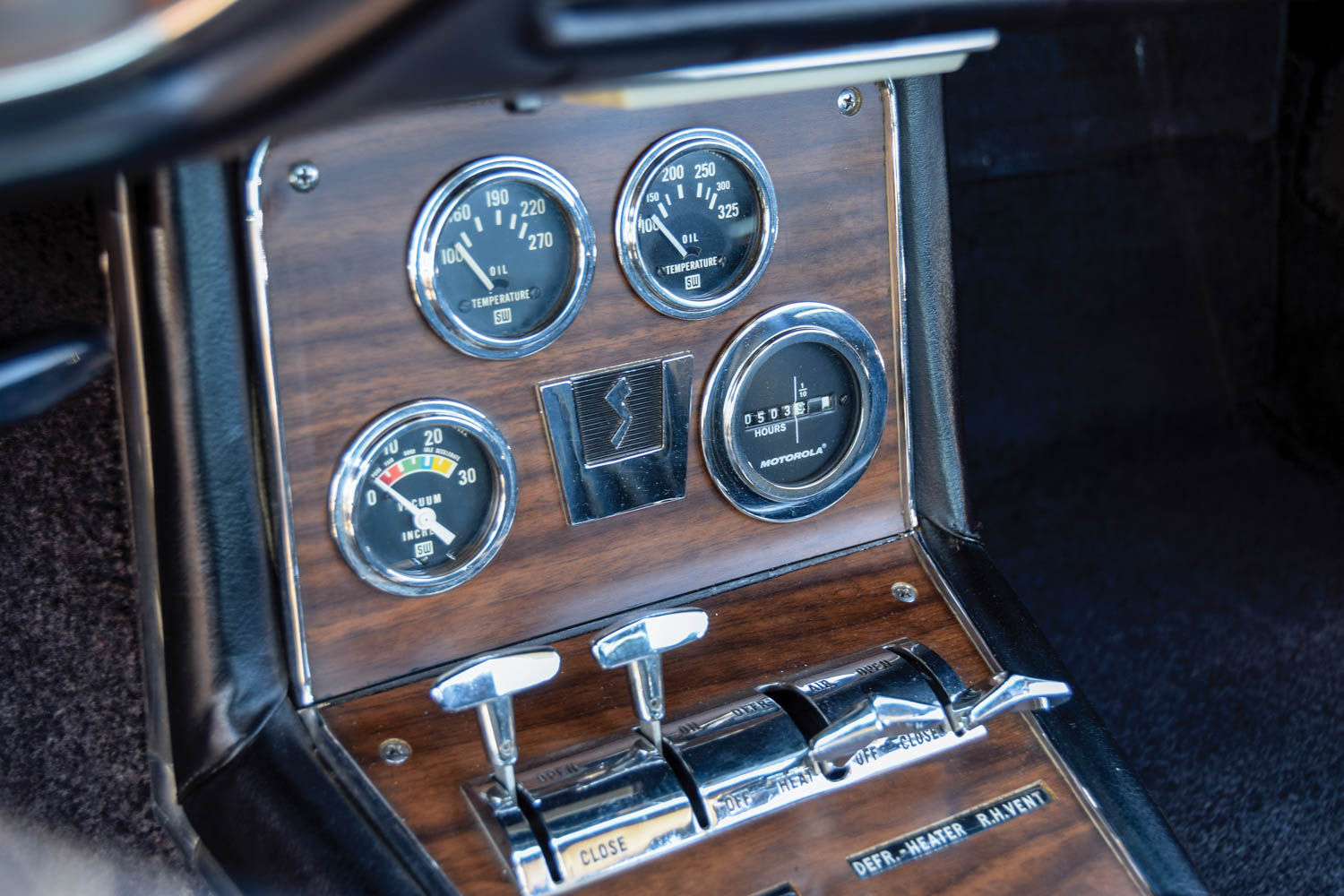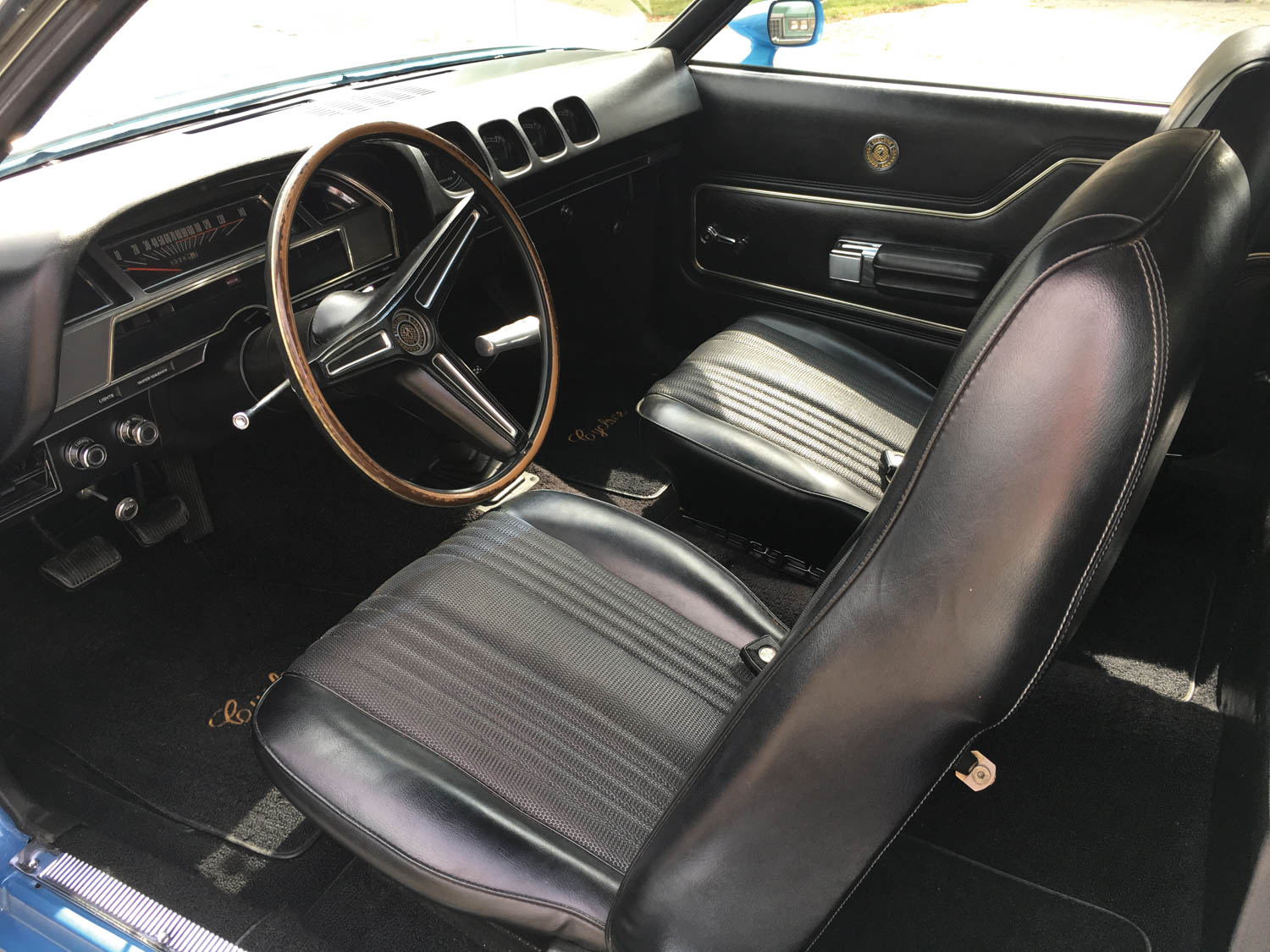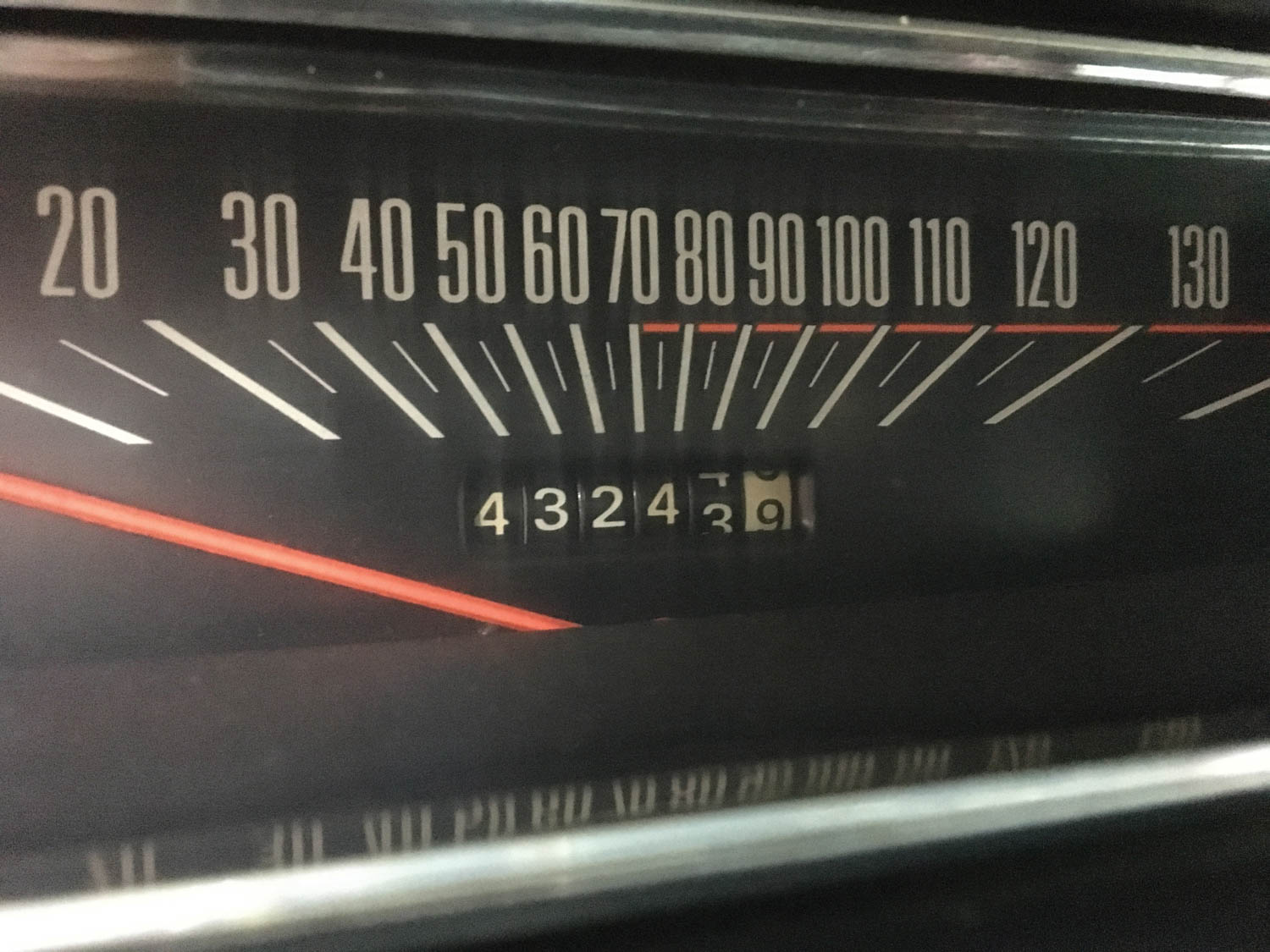The 4 best gauge clusters according to you
Enjoying a vintage car involves plenty of visual stimulation. While the vast majority of cars are judged by their exterior form and presentation, from the driver’s seat that really doesn’t matter. Instead the primary visual for a driver is the gauges, and maybe some interior details. Modern cars just don’t seem to have the jet-inspired or otherwise highly design-influenced gauges that vintage automobiles do, and that factors into the driving experience.
Gauges tell the driver what is happening to parts of the car that are not visible while driving. They serve a necessary function (though at times ignorance might be bliss about water temp or oil pressure). For some though, monitoring each system of a car is vitally important. The best gauges combine readability with eye-pleasing looks.
Since driving is what cars are for, and the driver’s seat is the place to be, we asked the Hagerty Forums to call out which cars had the best gauges, both functional and beautiful. Maybe you can hop behind the wheel of one of these great cars and enjoy the driver’s view. Does another set of instruments deserve an honorable mention? Let us know in the Hagerty Forums below.
Studebaker Avanti
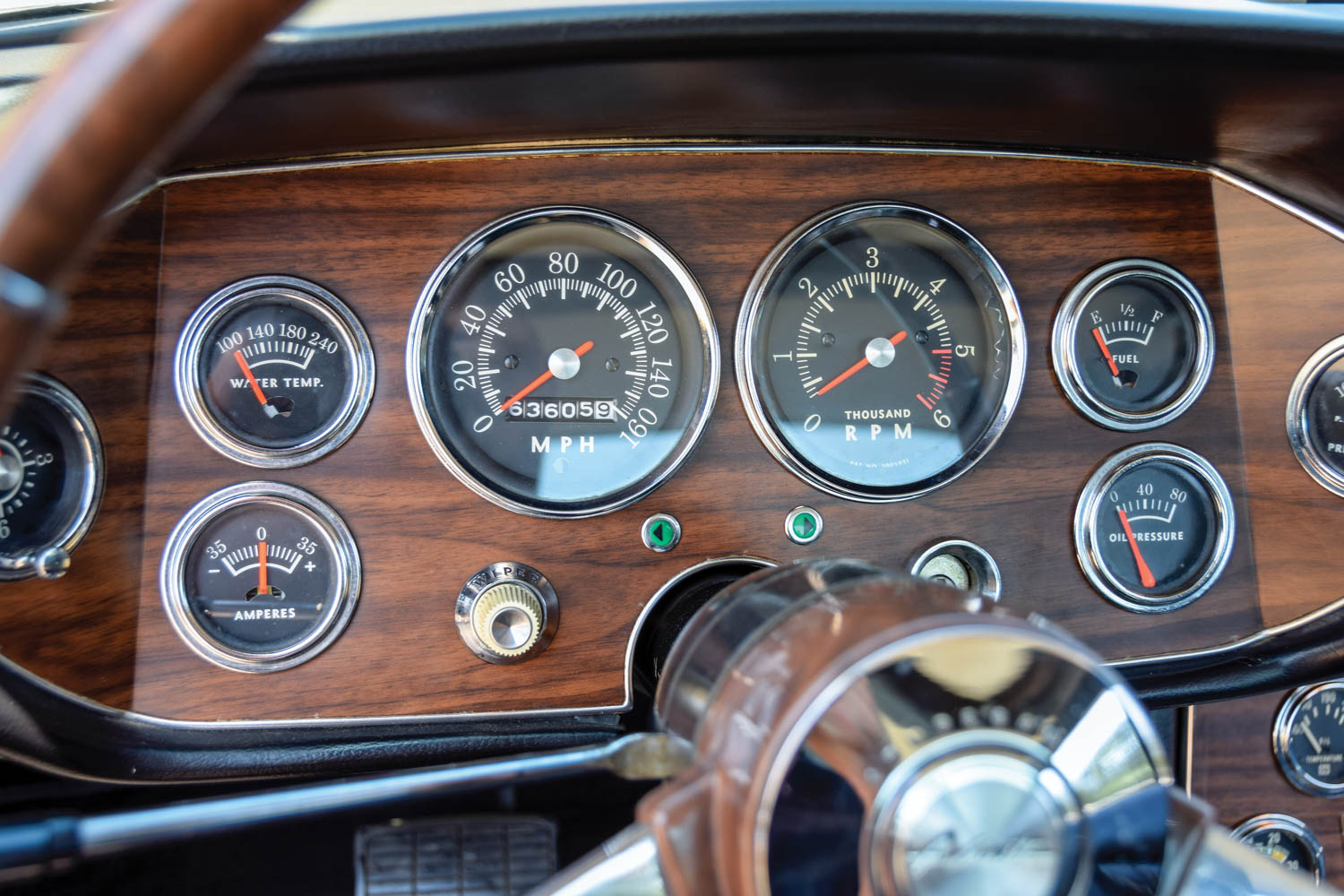
Polarizing from the outside, the Avanti was an adventurous departure from convention. To think the Avanti first appeared when the GTO was still a twinkle in Pontiac eye underscores how ahead of its time the wedge-shaped Avanti was. The gauge cluster of the Avanti followed the ethos or “everything you need and nothing you don’t,” with a simply laid out panel of standard round gauges that featured nothing extraneous.
1958 Chevrolet Corvette
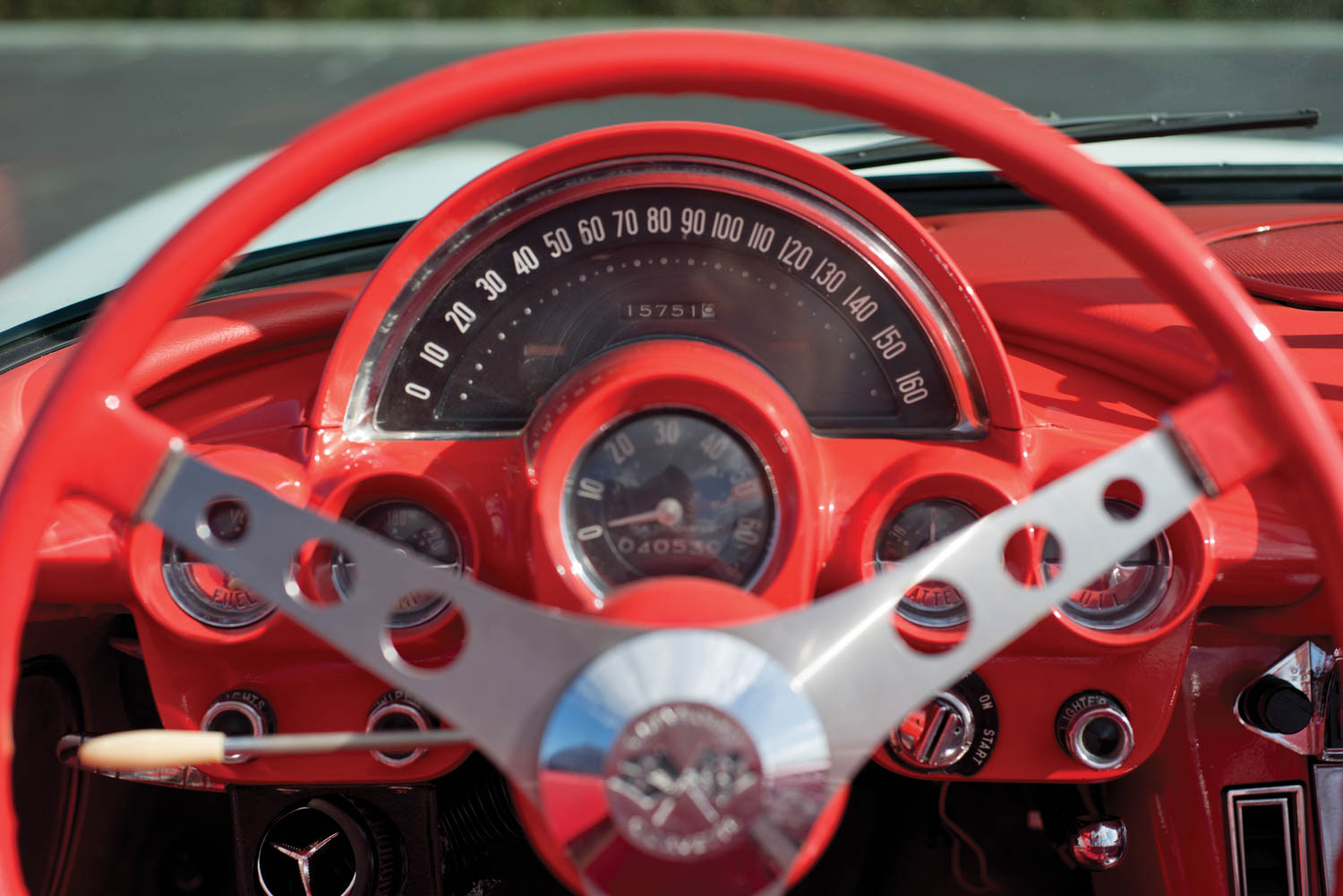
With the second-generation Corvette, Chevrolet’s design team got latitude to make the interior something special. Behind the three-spoke brushed-finish steering wheel sits an array of gauges seemingly organized by importance. The speedometer sits on top, large and in charge, settled just underneath is the tachometer. Ancillary gauges for other systems flank wide as if staying out of the way until needed.
1970-71 Mercury Cyclone
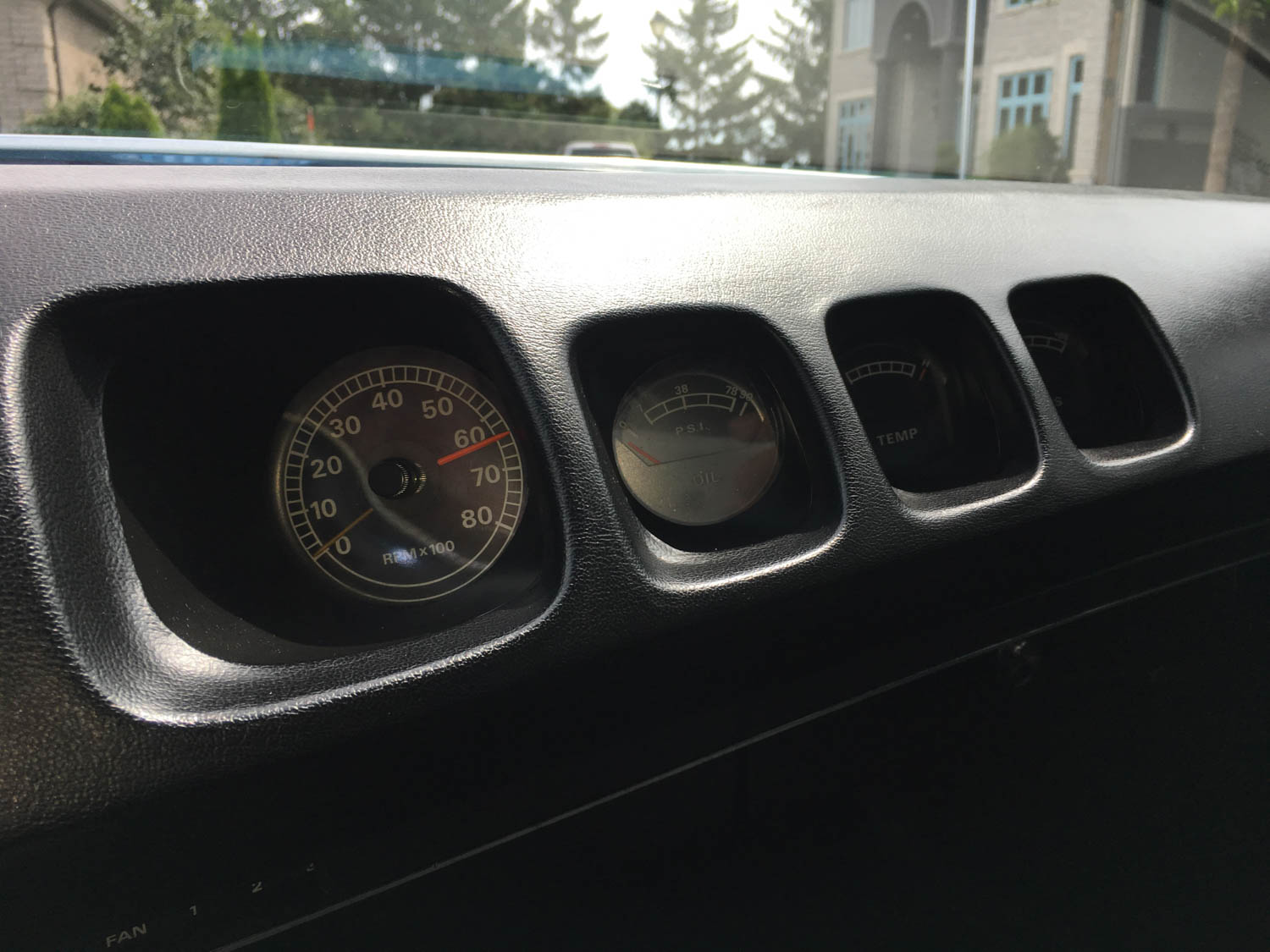
If the Avanti is all you need and none you don’t, the ’70-71 Cyclone takes it a step further and prioritizes the gauges and their location. A wide, sweeping speedometer sits front and center, with the odometer nestled within. A gas gauge and clock sit on left and right, while everything else is placed inset at an angle over on the passenger’s side of the car. We would guess most owners shifted by ear because the tachometer is on the edge of the driver’s peripheral vision.
1960 Chrysler 300F
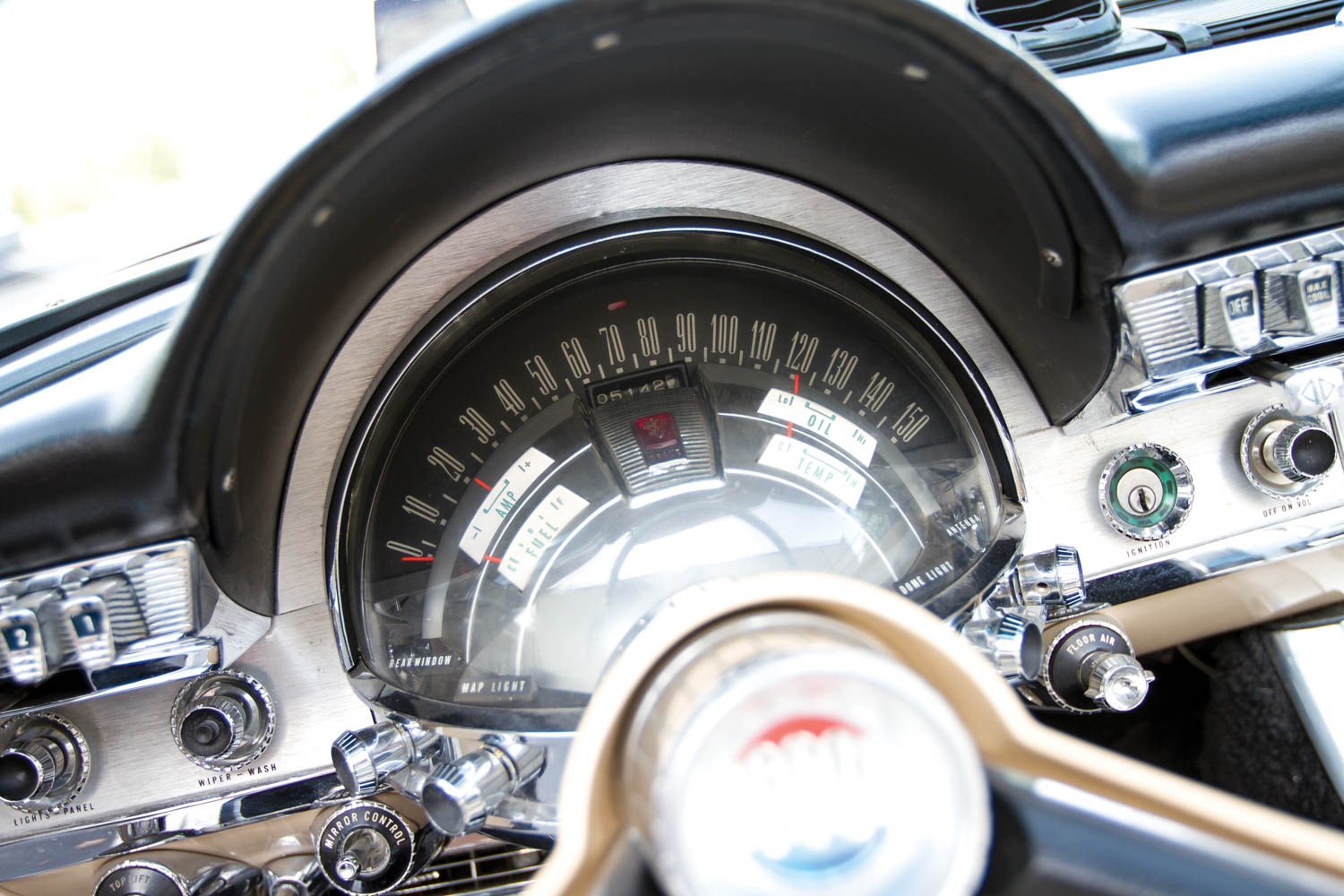
You can’t talk Chrysler of the ‘60s without talking about hemispheres, though in this case it is really semi-hemispheres that apply. The “letter cars” of the early-1960s feature a dash layout seemingly inspired by the top-tier Mopar engine design that was on hiatus at the time. A clear quarter-globe contained the important gauges and even was utilized as a mounting surface for accessory switches. We think it is safe to say there will never be a dash like this one again.
